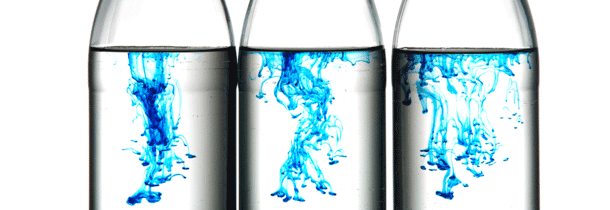Food Additives: Leaving out the nasties
Over the past 50 years the use of food additives has sky-rocketed. Not all are harmful and many have been well tested, however there remain a number of additives with questionable potential health consequences, some even have well established health risks.
Additives are added to food products for the purpose of improving flavour, texture, appearance, and to extend shelf life. They can be either natural or artificial in origin. Natural additives have been used for many centuries such as using salt to preserve meat and vinegar to pickle vegetables. For regulatory purposes, additives contained within food products are now often assigned unique numbers. Types of food additives include: anti-caking agents, emulsifiers, acidity regulators, bulking agents, flavour enhancers, preservatives, sweeteners, and thickeners.
Working with children over the past four years, I regularly witnessed significant changes in children’s behaviour after consuming foods that contain ‘nasties’. On the other side of the coin, I am now working at the NatMed clinic and I’m so impressed at the change I see in children who have taken part in a program to increase whole foods, eliminate processed, additive-ridden extras and therefore reduce difficult behaviour.
In 2007, research from the University of South New Hampton revealed that six food colouring agents: Tartrazine (102), Ponceau 4R (124), Sunset Yellow (110), Camoisine (122), Quinoline Yellow (104), Allura Red (129), and a preservative Sodium Benzoate, can cause hyperactive behaviour in children. The study which included 300 children aged 3-8 also showed that the artificial colours caused a significant increase in ADHD type symptoms including: hyperactivity, loss of concentration, and impulsive behaviour. The results were published in the prominent medical journal ‘The Lancet’. Following this publication these artificial colours were banned for use in the UK and have been banned in many other parts of Europe for some time now. However they are yet to be banned in Australia. The debate about whether artificial colours can cause behavioural disturbances in children has been ongoing for decades, however there is now clear evidence that additives can cause ADHD symptoms.
Researchers involved in this 2007 study predicted that with the removal of food additives a 30 per cent reduction in ADHD could be possible within the population. It is all too common these days for foods (if you can call them that) such as roll ups, le snacks, LCMs, etc.. to be included in children’s lunch boxes.
If we want to see a decrease in disorders such as ADD and ADHD it is crucial that we examine the evidence and opt for healthier options for our children’s tummies. I recently came across a saying in an article about the ever increasing processing of food products, “food should not contain ingredients, food should be ingredients.” Simple yet so very true.
Taking time to prepare your own sauces, marinades, snacks and cooking meals from scratch certainly requires more effort but the benefits are well worth it. Why not set aside some time each week to prepare some healthy snacks for the kids: sauces, marinades, and anything else you’ll be using frequently in bulk to freeze, make it more convenient for yourself. For fresh, delicious recipes using real ingredients follow us on Facebook.
Rebecca Gorman

